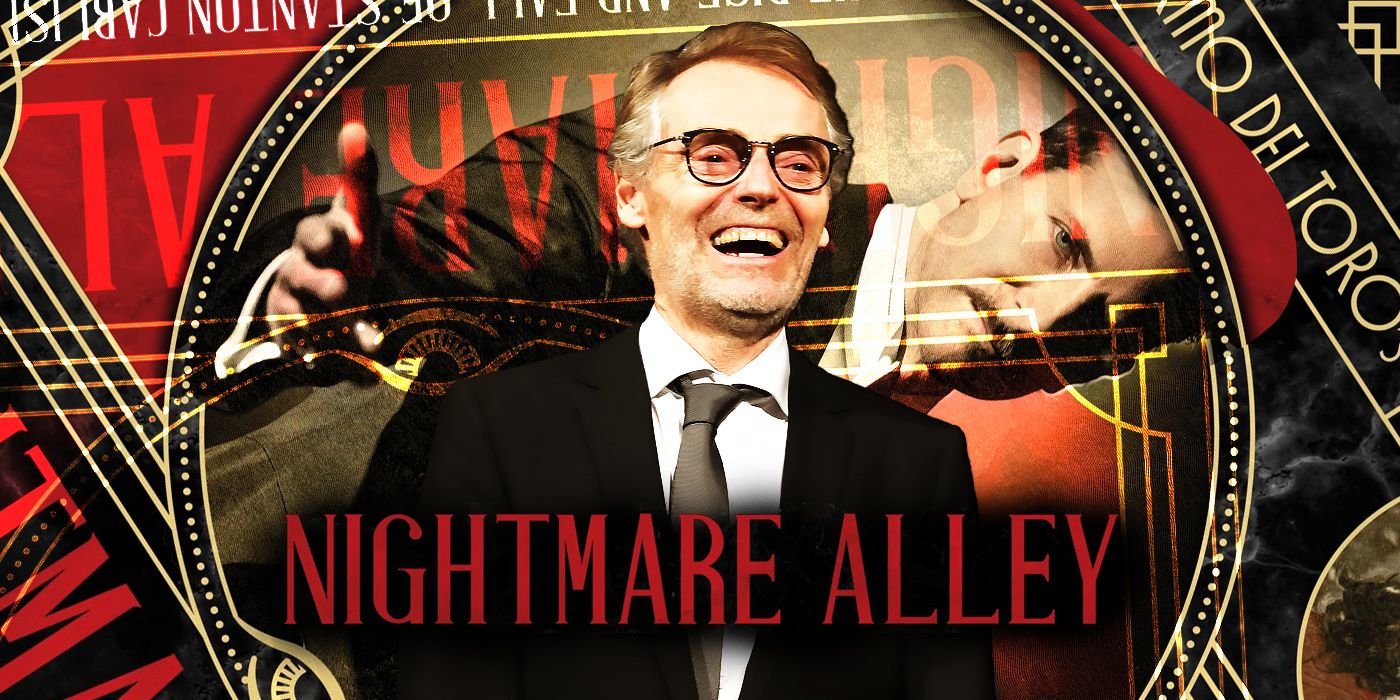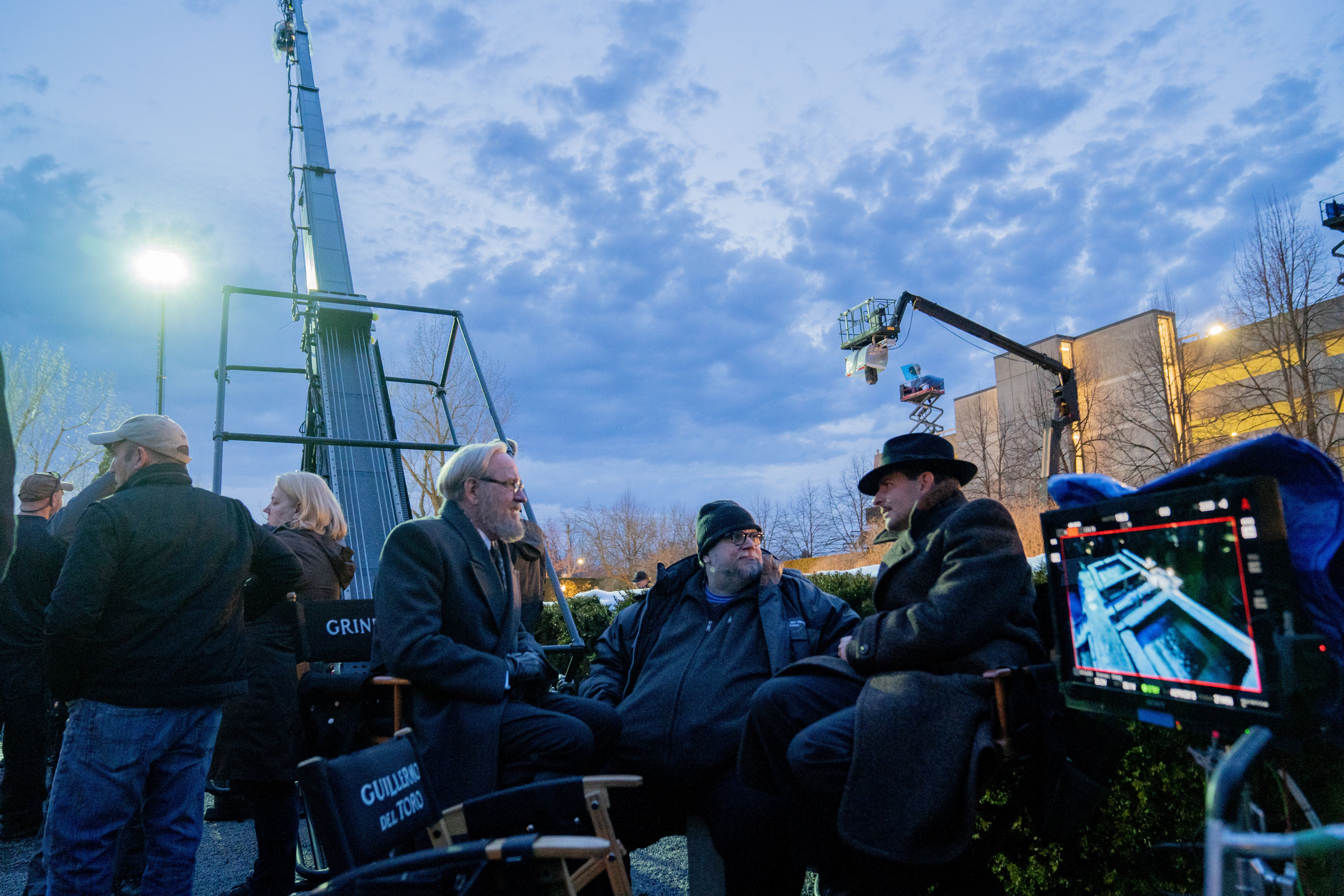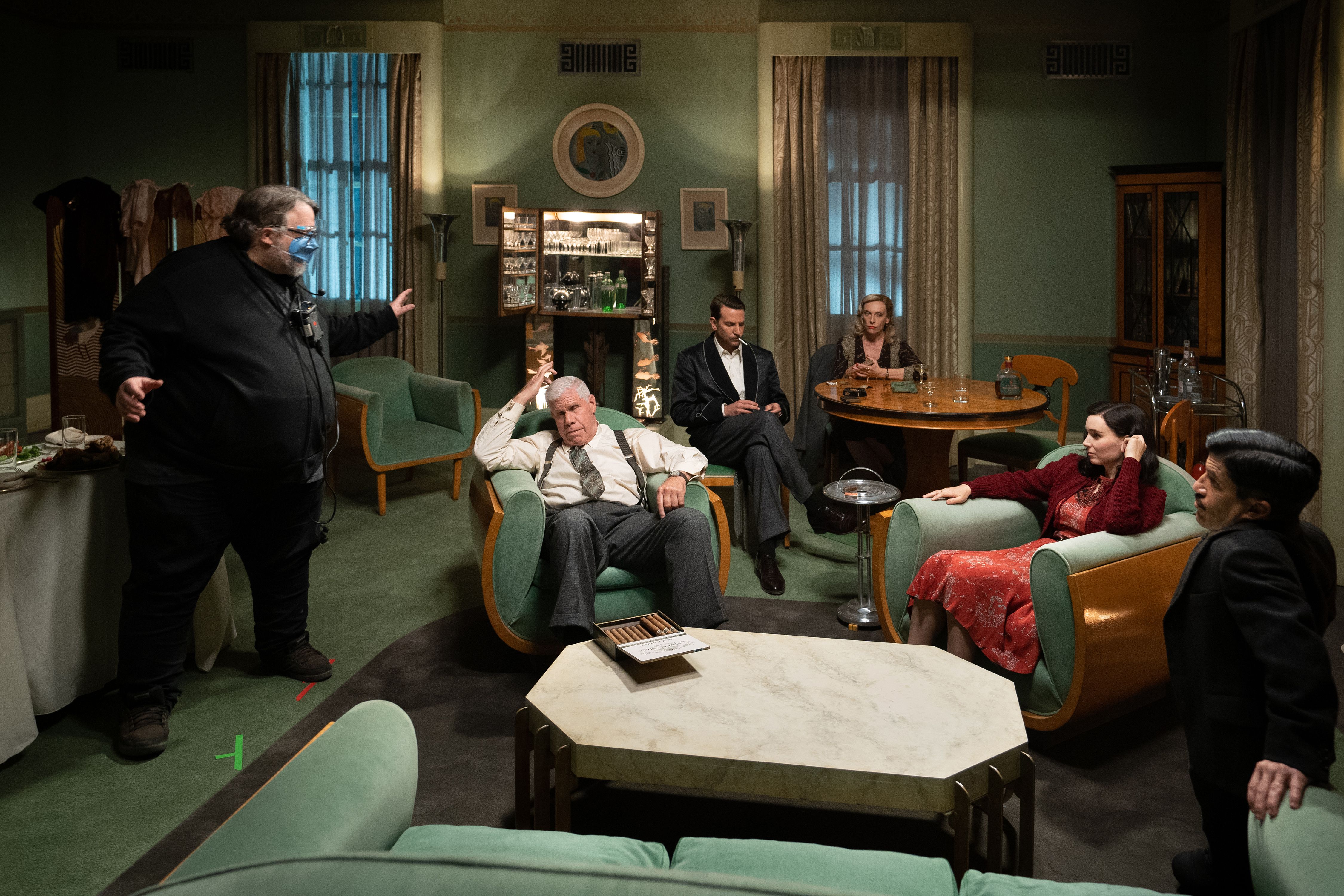If you’re a fan of cinematographer Dan Laustsen and want to hear how Nightmare Alley was made and the way he works with Guillermo del Toro, I’m about to make you very happy. Shortly before Nightmare Alley was released, I landed an extended and wide-ranging interview with Laustsen. During the forty-minute conversation, Laustsen broke down the making of Nightmare Alley and shared some great stories. Some of the things he talked about included how they figured out the way the film would look, why they used the Alexa 65, why they tried to light Bradley Cooper with the other characters in the movie, how they decide where the camera will be placed and when it will move in the shot, what it was like shooting the 3rd act first, and more. In addition, with Laustsen having worked on every John Wick film but the first, he talked about how he works with director Chad Stahelski, what it was like filming John Wick 4 in Berlin and Paris, what it’s like filming the big action scenes everyone loves, and so much more I can’t list it all here.
If you’re not familiar with Nightmare Alley, the film was adapted by del Toro and Kim Morgan from William Lindsay Gresham’s 1946 novel of the same name. The novel was previously made into a film in 1947 with Tyrone Power, but wasn’t as faithful to the source material. Del Toro’s version stars Cooper as Stanton “Stan” Carlisle, an ambitious con man who learned his craft working at a seedy traveling carnival. As he gets more successful, he teams up with Dr. Lilith Ritter (Cate Blanchett), who may be more dangerous than he is. The rest of the all-star cast includes Rooney Mara, Toni Collette, Willem Dafoe, Richard Jenkins, Ron Perlman, David Strathairn, Clifton Collins Jr., Tim Blake Nelson, and Mary Steenburgen.
Check out what Dan Laustsen had to say in the player above and below is a full list of everything we talked about. Nightmare Alley is now playing in theaters and I strongly recommend checking it out while it’s playing on a movie screen.
Dan Laustsen
- If someone has never seen anything he’s shot, what is the first thing they should watch and why?
- Which sequence in Nightmare Alley ended up being hard to pull off?
- What does he wish more people knew about being a cinematographer?
- Did he have any idea when he worked with Del Toro on Mimic that he would turn into such a special filmmaker?
- How does Del Toro tell him about the next project he wants to do with him?
- What were the initial conversations like with Del Toro in figuring out how they wanted to shoot Nightmare Alley?
- Why he wanted to shoot on the Alexa 65.
- Did he watch any film noirs before filming began?
- How did they decide on what colors and the aesthetic choices?
- How do they decide when the camera will be on a dolly or move in a sequence?
- What was his reaction when Del Toro told him some of the best shots in the film wouldn’t make the final cut?
- How they lit Bradley Cooper in the film.
- Has he discussed with him having a black and white cut of Nightmare Alley?
- What was his favorite shot that didn’t make the final version?
- What would surprise people to learn about the making of Nightmare Alley?
- What was it like filming the 3rd act of the film first?
- What has it been like working with Chad Stahelski on the John Wick movies?
- How he got involved in the films.
- How Stahelski told him he wanted to shoot John Wick 2 like a Bertolucci movie with a lot of action.
- Why he wants to shoot the scenes wide so you can really see Reeves doing his own action.
- How they shot 18 weeks of night shoots on John Wick 4 and what that really means.
- What can he tease about what they wanted to do while filming in Berlin and Paris?
- The challenges of filming in Europe.
- How the 4th film will open up the John Wick world.
- What is it like working on the huge action set pieces that people love?
- What it was like trying to film the big motorcycle chase on the bridge in John Wick 3.
- How John Wick 4 has a limited second unit compared to John Wick 3.
- What was it like working with Donnie Yen on John Wick 4?



